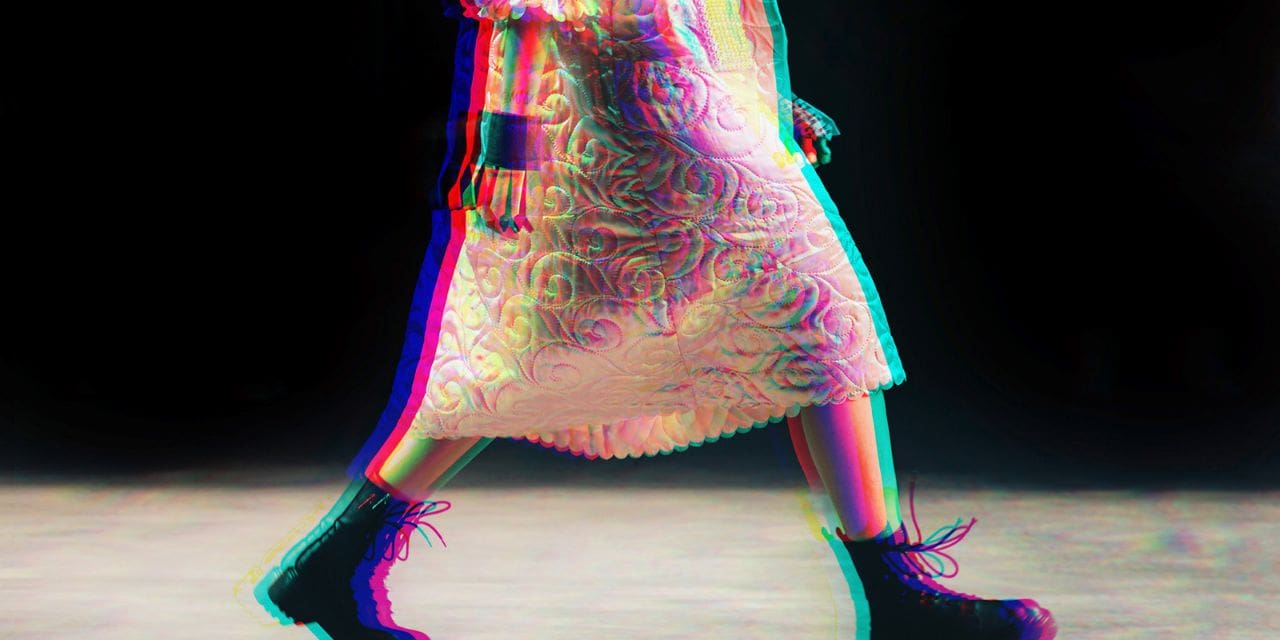The Fashion for Good Museum opens a new pop-up exhibition on May 20 called: ‘Fashion Week: A New Era’. The sustainable fashion museum sheds light on the phenomenon of ‘fashion week’, which examines the role of international collection presentations and how they have contributed to the current fashion system.
An important focus for the exhibition is a glimpse into the future of fashion weeks which includes a showcase of unique sustainable looks from the Fashion Design Council of India (FDCI) with Lakmé Fashion Week, composed of collaborations between fashion designers and start-ups. Presenting this in the exhibition is significant to the story exploring the future of fashion weeks as it demonstrates a future that celebrates a recent push towards more collaboration and accountability when it comes to the industry.
Divyam Mehta takes a poetic spin on the Dongria Kondh tribe silhouettes that reflect a rural life, culture and simple living, in tune with nature. The fabrics come from AltMat, an enterprise that develops textiles from agricultural waste. Drapes, hybrid patterns, hand tailoring, and kantha work are some of the key elements of this capsule collection.
Ka-Sha’s collection, “Manthan” takes its inspiration from the paradoxical nature of water that is ever-changing. The surfaces of the pieces represent the many layers of water, both tangible and intangible with the help of hand-dyeing using KBCols Sciences’ microbial fermentation technology and non-GMO naturally occurring coloured microbes. This collection is made in cotton of differing weights that are appliqued, embroidered and pleated to bring to life the designer’s inspiration.
Nitin Bal Chauhan came up with a conceptual collection, “Countdown” designed to raise awareness of how our collective action and non-sustainable growth is leading our planet to a point of no return, at an alarming speed. The collection addresses grave issues like urbanisation, deforestation, and air pollution that results in an increase in alarming diseases. It uses Graviky Lab’s AirInk for printing and dyeing; ink that is made from carbon, collected from vehicles, chimneys, and other carbon emitters.

